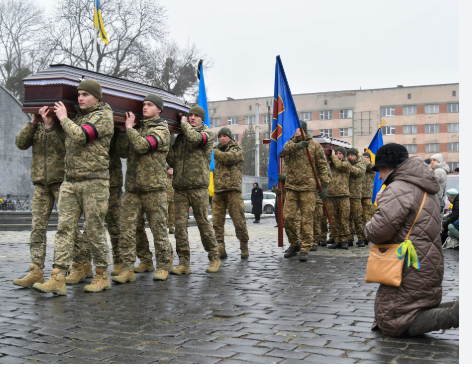
The Dutch Ministry of Defence has confirmed plans to acquire 46 advanced Leopard 2A8 main battle tanks from Germany, set for delivery between 2027 and 2030. This move comes as part of the country’s effort to restore its armoured warfare capability, following the retirement of its Leopard 2A6 tanks in 2011 due to budget cuts. The Netherlands once boasted one of Europe’s most formidable tank forces but has lacked a direct replacement for over a decade, with 100 of its retired Leopard 2A6s sold to Finland, where they remain operational.
The Leopard 2A8 is an upgraded version of its predecessor, incorporating key improvements such as the Israeli Trophy active protection system, a new 20 kW auxiliary power unit, and an advanced combat management and information system. While these upgrades enhance the vehicle’s combat capability, the Leopard 2A8 is seen as a relatively conservative evolution compared to newer options on the market.
In a statement to the Dutch Parliament, State Secretary for Defense Gijs Tuinman emphasized the importance of tanks in modern warfare, highlighting their role in providing heavy firepower and protection. “By reintroducing the battle tank, we are meeting NATO’s demands for stronger ground forces, and boosting the combat strength of the Dutch military,” he said. The Leopard 2 had a distinct advantage in the selection process due to its compatibility with the fleets of neighboring countries and the Netherlands’ historical experience with the platform.
Currently, 14 NATO members, along with Switzerland and Ukraine, operate various models of the Leopard 2, ensuring significant interoperability among allied forces. As other countries like Italy and Croatia join the ranks of Leopard 2 operators, the tank’s prevalence across Europe only increases its strategic value.
However, the decision to acquire the Leopard 2A8 does come with some challenges. The tank has suffered heavy losses in the ongoing conflict in Ukraine, where Russian forces have captured and thoroughly analyzed several Leopard 2A6 tanks. This means that Russia is already highly familiar with the capabilities of the vehicle, posing a potential disadvantage for future Leopard 2 operators, including the Netherlands. This situation is not unique to the Netherlands, as other European countries, such as Germany, Italy, and Norway, are also investing in the Leopard 2A8 variant, with some units already in service or on order.
While the Leopard 2 remains a powerful and reliable platform for European forces, Poland and Turkey have opted for the South Korean K2 tank, which is considered more modern and technologically advanced. The K2 is also seen as having a more efficient crew requirement, with 25% fewer crew members needed compared to the Leopard 2. The growing interest in the K2 has raised speculation that more European nations might consider diversifying their tank fleets in the future, potentially challenging the Leopard 2’s dominance.
Despite the Leopard 2A8’s combat challenges and competition from newer tanks, its interoperability, political considerations, and proven track record in Europe make it a strategic choice for the Netherlands. As the Dutch Army prepares to reintroduce modern armoured capabilities, the Leopard 2A8 represents a crucial step towards reinforcing the country’s defence posture within NATO and beyond.



